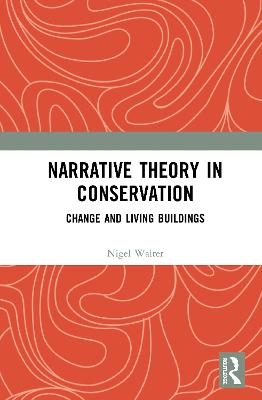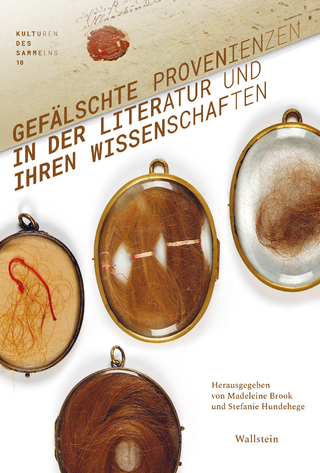
Narrative Theory in Conservation
Routledge (Verlag)
978-1-138-38527-6 (ISBN)
Narrative Theory in Conservation engages with conservation, heritage studies, and architectural approaches to historic buildings, offering a synthesis of the best of each, and demonstrating that conservation is capable of developing a complementary, but distinct, theoretical position of its own.
Tracing the ideas behind the development of modern conservation in the West, and considering the challenges presented by non-Western practice, the book engages with the premodern understanding of innovation within tradition, and frames historic buildings as intergenerational, communal, ongoing narratives. Redefining the appropriate object of conservation, it suggests a practice of conserving the questions that animate and energize local cultures, rather than only those instantiated answers that expert opinion has declared canonical. Proposing a narrative approach to historic buildings, the book provides a distinctive new theoretical foundation for conservation, and a basis for a more equal dialogue with other disciplines concerned with the historic environment.
Narrative Theory in Conservation articulates a coherent theoretical position for conservation that addresses the urgent question of how historic buildings that remain in use should respond to change. As such, the book should be of great interest to academics, researchers, and postgraduate students from the fields of conservation, heritage studies, and architecture.
Nigel Walter is a Specialist Conservation Architect based in Cambridge, UK, a Fellow of the Royal Institute of British Architects, and a member of two ICOMOS International Scientific Committees. He specialises in living heritage, combining practice with research, and holds a PhD in conservation of historic buildings.
1. Context: people and change in conservation
2. Modernity: conservation, discontinuity, and the past
Case Study: Carlo Scarpa, William Morris, and the Castelvecchio, Verona
3. People: community, language, and power
Case Study: St Alkmund, Duffield, and the ecclesiastical exemption
4. Tradition: change and continuity
5. Narrative: time, history, and what happens next
6. Application: the narrative approach to conservation
Case Study: The SCARAB Manifesto
7. Conclusion: conservation ‘as if people mattered’
| Erscheinungsdatum | 23.03.2020 |
|---|---|
| Zusatzinfo | 26 Halftones, black and white; 26 Illustrations, black and white |
| Verlagsort | London |
| Sprache | englisch |
| Maße | 156 x 234 mm |
| Gewicht | 780 g |
| Themenwelt | Kunst / Musik / Theater |
| Geisteswissenschaften ► Geschichte ► Hilfswissenschaften | |
| Sozialwissenschaften | |
| Technik ► Bauwesen | |
| ISBN-10 | 1-138-38527-1 / 1138385271 |
| ISBN-13 | 978-1-138-38527-6 / 9781138385276 |
| Zustand | Neuware |
| Informationen gemäß Produktsicherheitsverordnung (GPSR) | |
| Haben Sie eine Frage zum Produkt? |
aus dem Bereich


